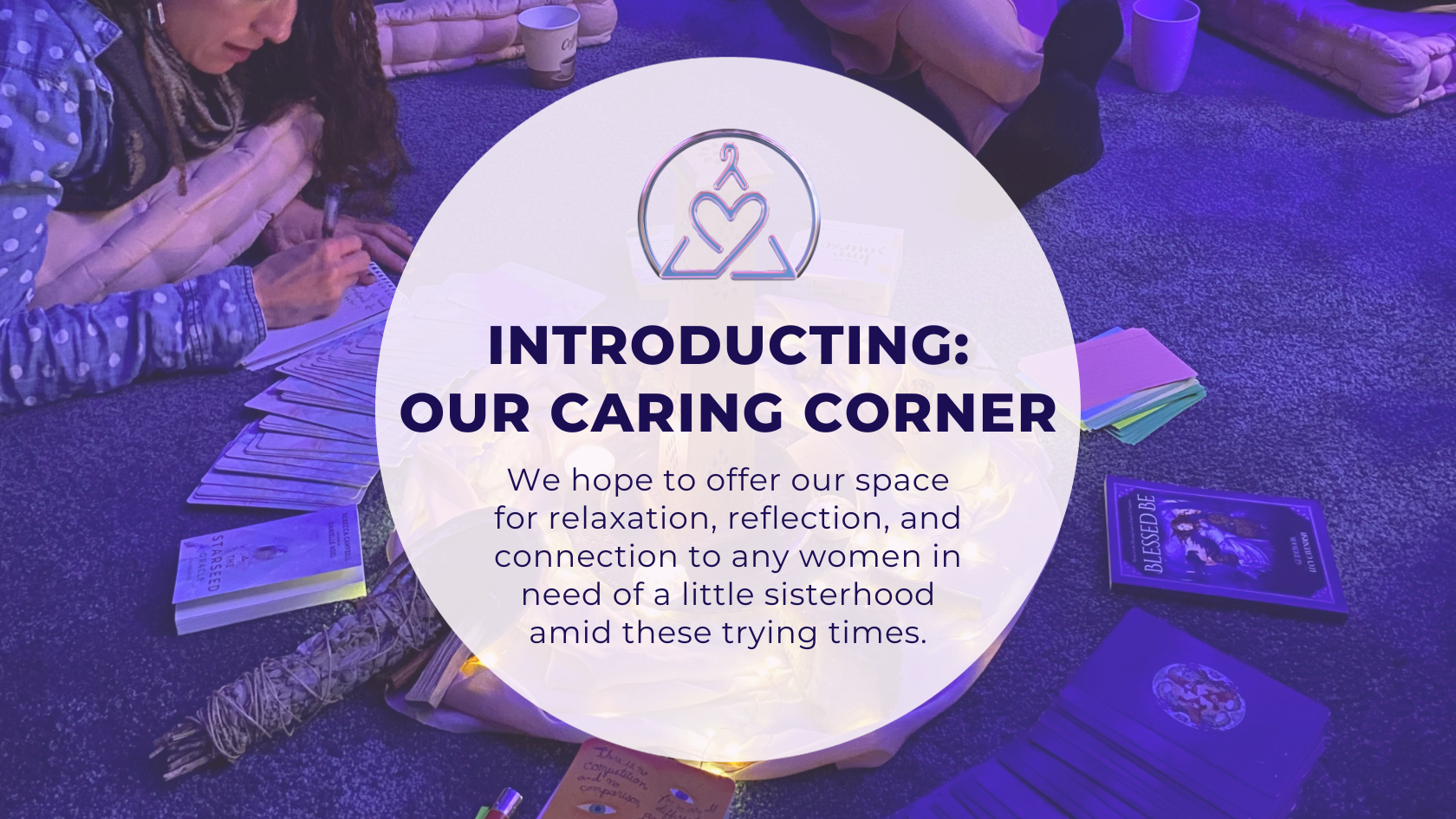
Fast Fashion 101
I’ve been talking about taking a stand against fast fashion through Dressed by Danielle for so long, it really is time I pause for a minute to explain what exactly fast fashion means, and why it's so bad for us.
What is fast fashion?
Traditionally, fast fashion is defined as clothing designs that move very quickly from high fashion catwalks to everyday stores. Originally coined by New York Times in the early 1990s to describe the accelerated production pace of the first Zara stores, fast fashion signified a revolution in the fashion industry. Trend-setting style was no longer only for the affluent and influential. Common people now had access to trendy clothes almost as soon as they became trendy. A very welcome move, bringing some semblance of democracy to the world of haute couture.
But this seemingly positive shift in the world of fashion was actually the catalyst for what is now one of the worlds most unjust and destructive industries.
Fast Fashion is a business model that encourages “design for disposal” by rapidly producing mass amounts of trendy, low-quality and low-cost clothing.

Over the last few decades, fast fashion has grown and mutated into something with such exponential levels of negative externalities, there is almost no aspect of it which is ethical or sustainable. Let me explain why:
Environmental Concerns:
The fashion industry is the biggest contributor of global pollution, second only to the fossil fuel industry. This is primarily because of the gigantic amount of clothes that we consume. The very nature of fast fashion focuses on keeping up with the constantly changing trends, clothes designed to be worn for a few weeks before being discarded for another trend. This has caused us to consume about 80 billion new pieces of clothes each year, of which about 65 billion clothes simply end up in landfills before the year is out. That is equal to about one garbage truck full of clothes being discarded or incinerated every second.
Moreover, the pace of clothing and trend cycles are only increasing. Most European fashion houses which traditionally used to produce about 2 cycles of clothing each year, now produce an average of 5 "microseasons". Other brands like Zara release new clothes about 20 times a year. And between 2000 and 2014, the average consumers have doubled the number of clothes they own, although we only keep them for half the time.

Producing such massive quantities of clothes in such a limited time has also pushed companies to cut corners both in the quality of the clothing, and their concern for the environment. Fast fashion brands majorly favor using synthetic fabrics such as nylon, acrylic, and polyester which are made from petroleum and take thousands of years to degrade. Additionally, each time you wash a load of these clothes, thousands of micro fibres of these materials are released into the ocean, completely destroying the life and vegetation there.
The size of the fast fashion industry is also a major proponent of water depletion. Did you know even a simple cotton t-shirt takes about 700 gallons of water to produce? Industry hotspots such as New Mexico today are facing water scarcity comparable to desert nations such as UAE, experts are warning Day Zero is not far.
Ethical Concerns
If you think the environmental concerns of the fast fashion industry is terrifying, the ethical issues are simply devastating. Recently super fast fashion companies like Shein and Romwe, as well as the gigantic Kylie Jenner, have come under fire for not paying workers in Bangladesh during the pandemic. Frankly, that is barely the tip of the iceberg when it comes to fast fashion and its workers in developing countries.

In 2014, the European Parliament termed the treatment of garment factory workers in Asia “slave labour”. Mostly women and children are kept in sweatshops working over 14 - 16 hours a day on average. Concepts of access to toilets, break to rest and to eat, are mere privileges to be withdrawn when deadlines of fashion companies in the first world are near. The lack of safe working conditions such as ventilation, protection from inhaling toxic fumes and fiber dust are the norm rather than the exception. Not to mention the constant physical and verbal abuse, especially within factories (very much illegal) child labour is used to meet the deadlines of big fashion brands.
Fast fashion brands guilty of these doings
We love cute clothes just like the next gal but, we need to put our foot down when it comes to the environment and people’s lives. Every dollar you spend casts a vote on the kind of company you want to support.
Having said that, it's important to pay attention to the brands we shop from. Here’s a quick run down of the adverse qualities that come with supporting these very popular and well known fashion brands:

Urban Outfitters, Boohoo, Missguided, H&M, Forever 21, and Zara are among the many retailers that do not pay their staff a living wage. For example, Boohoo, parent company of Pretty Little Thing, Nasty Gal and MissPap were paying their workers an hourly rate of $3.75 to $4.50 which is significantly lower than the minimum wage of about $9.00 in Britain.
As companies with such a big profit margin, this is simply unacceptable!
These retailers not only provide insufficient pay to their workers but there is also an extreme deficiency of safe working conditions within the industry. Factories supplying H&M had reports of abuse towards female garment workers. Forever 21, to this day has not signed the Bangladesh Accord on Fire And Building Safety or the Alliance for Bangladesh Worker Safety.
Transparency is significantly lacking in the fast fashion world. Retailers such as Shein, Fashionova, Missguided, or Boohoo do not disclose any information regarding stages of production, environmental impact, labour conditions, or safety policies. Zara and H&M claim to offer sustainable lines, or return and repair programs however, there is no evidence that this actually minimizes textile waste, utilizes eco-friendly materials or is produced in a secure manner.

Most of these companies are pumping out hundreds of new pieces of clothing daily for prices that just don’t add up (and there is a reason for it). Boohoo and Missguided are said to be some of the worst sustainability offenders as they and others, including Zara and Shein, market new ‘trends’ way too frequently.
What can you do?
You can actually do a lot of things. I know it seems a huge problem that requires grand policy changes, protests, petitions, and major funding, but that's honestly, that's really not how structural change is made. And yes, it is a structural change that we need.
The first, and the easiest thing you can do is to simply stop buying clothes that are trendy. Especially the ones Instagram ads and influencers are trying to bully you into buying. In fact, every time you see something you want, make a list, and check what you still want at the end of the month! You’d be surprised how fast they stop being cool.
Secondly, when you do want to declutter and get rid of old clothes, pause for a minute and think: Why do you want to get rid of it? Can you alter it to make it more wearable? Maybe add a tassel or a bow to make it cuter and more your style? Dye it maybe?
If you still don’t want it, can you donate it to a charity or a thrift store? Or if they are not in the best of conditions, explore options like textile recycling, instead of just throwing it away.

Finally, I’m not saying you should stop shopping at fast fashion stores all together. But do try to check out the second hand stores and thrift stores near you, they usually have a much more unique collection than fast fashion anyway. By buying pre-loved clothes is a significant push towards a more circular fashion industry which minimizes waste and is far more earth friendly.
These small changes in consumer habits is what eventually brings about a structural market change which favors sustainability and ethical consumption over all else. So slow down, take a look, and make a conscious effort to become a responsible consumer.



